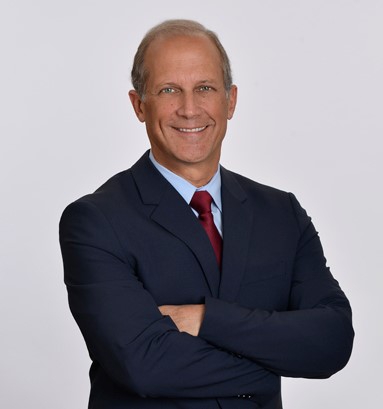Motorcycle Helmets are Mandatory in California
If you are operating a motorcycle, you are required by law to wear a helmet. The law states that “a driver and any passenger shall wear a safety helmet meeting requirements established pursuant to Section 27802 when riding on a motorcycle, motor-driven cycle, or motorized bicycle.” The motorcycle helmet has to be approved, meaning it meets established requirements. Passengers also have to wear helmets while riding on motorcycles. You can be fined for not wearing a helmet in California. The law doesn’t require other protective gear.
Why are motorcycle helmets so important? Researchers have found that the odds of suffering a fatal injury decrease by 37 percent when wearing a motorcycle helmet. A study by the University of Southern California discovered that wearing a helmet was the single most important factor in surviving motorcycle crashes.
Lane Sharing is Allowed
One of the other interesting elements of California motorcycle law, is that lane sharing is allowed. Lane sharing basically means that a motorcyclist can drive in between vehicles that are in a lane. Many motorcycle riders view lane sharing as too risky, but if you do it prudently, it can be a safe driving maneuver. Lane sharing can actually be safer than sitting behind vehicles that are stopped in traffic. The risk of being rear-ended is high when a motorcyclist is parked on the highway in traffic. Lane sharing, if done cautiously, can reduce this risk.
Turn Signals, Mufflers, and Headlight Use
Motorcycle equipment is a law that varies widely from state to state and should be taken into account in California. Properly functioning turn signals are not only the best way for a motorcyclist to communicate with other drivers on the road, but the law also requires these.
A muffler that is within specification is also necessary; California state law requires that muffler volumes be limited to specific volumes based on the year of manufacture. For example:
- Before 1970, the limit is 92 decibels
- 1970 through 1972 is 88 decibels
- 1973 though 1974 is 86 decibels
- 1975 through 1985 is 83 decibels
- After 1985 is 80 decibels
The theory that loud pipes save lives is often referenced, but mostly it is founded on a fallacy. Many drivers never hear motorcyclists who have loud pipes, as they might be listening to music in the vehicles or have the windows rolled up.
Headlights are required equipment in California and need to be on at all times both day and night. The use of a headlight aids in a motorcyclist being more visible to other drivers resulting in a safer roadway.
If you or someone you know has been hurt in a Southern California motorcycle crash, you should contact one of our experienced Los Angeles motorcycle accident attorneys at Steinberg at (800) 989-6385.

